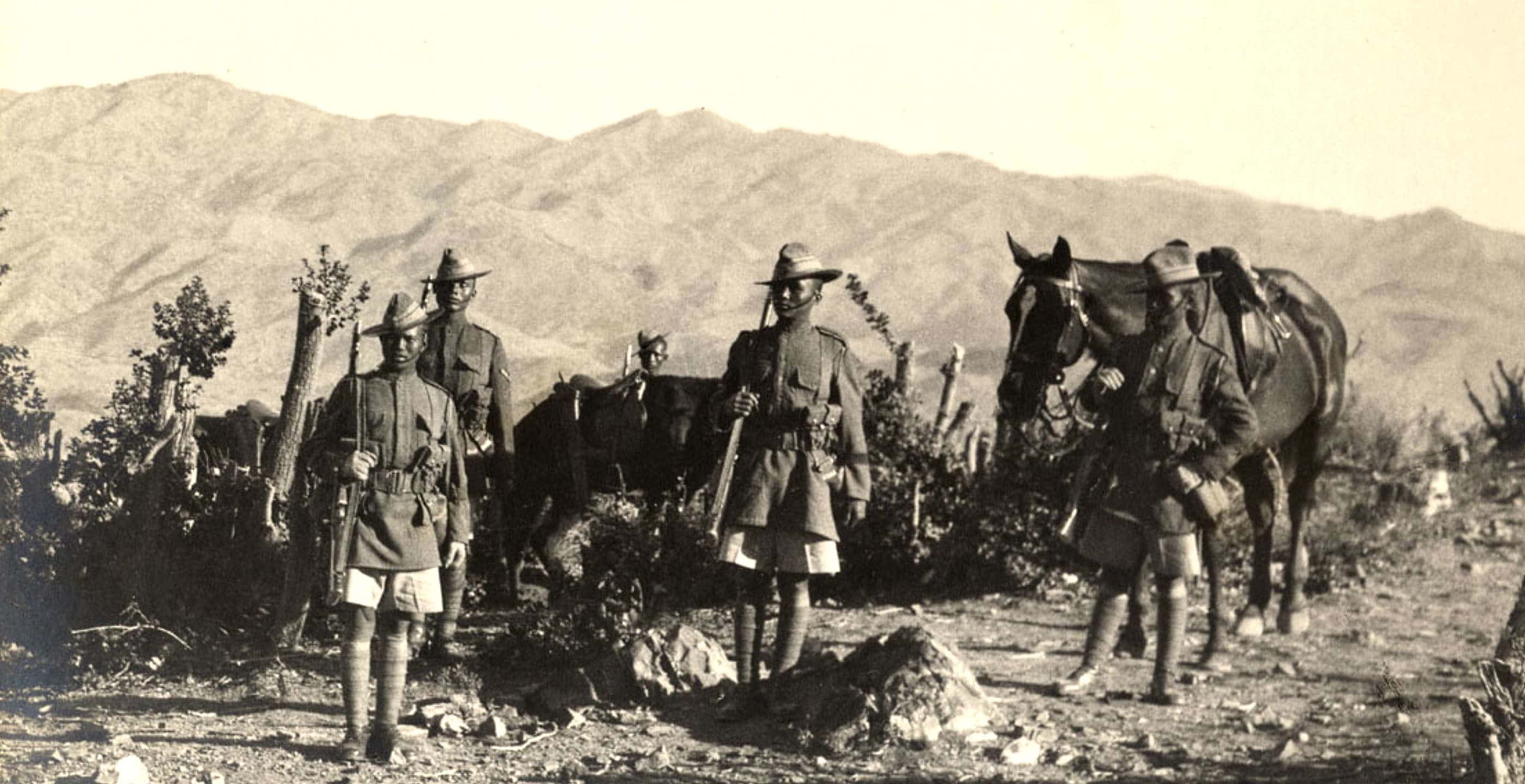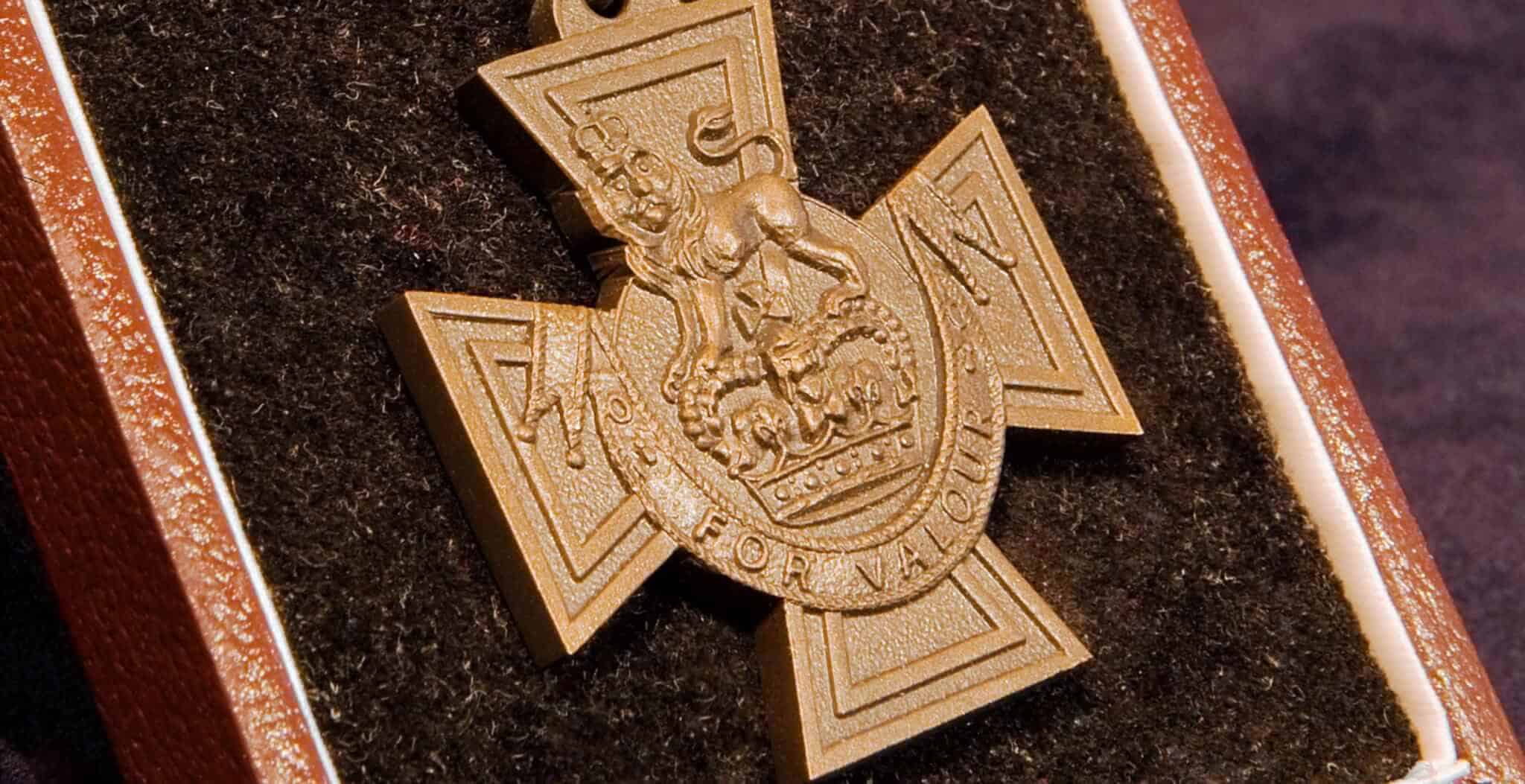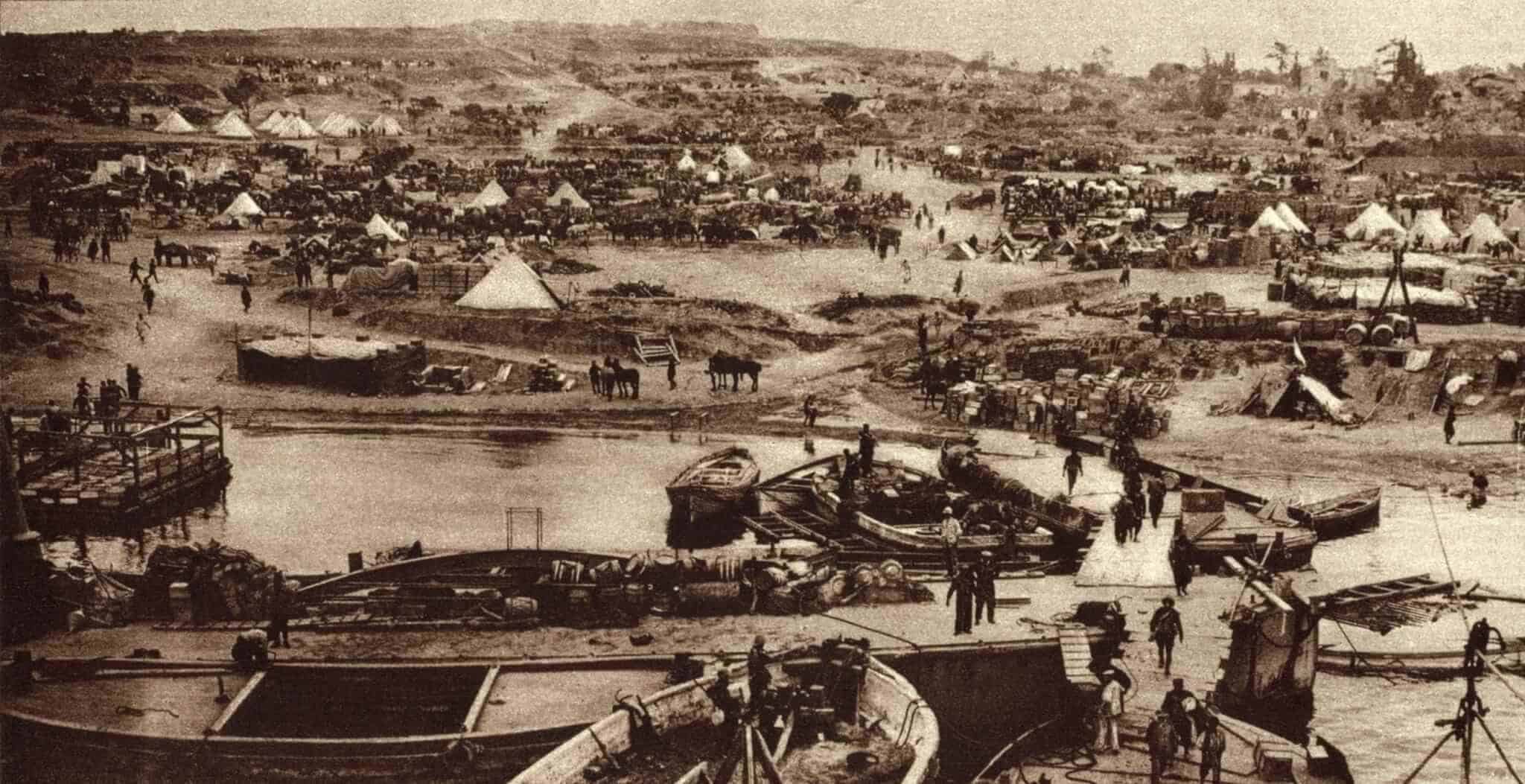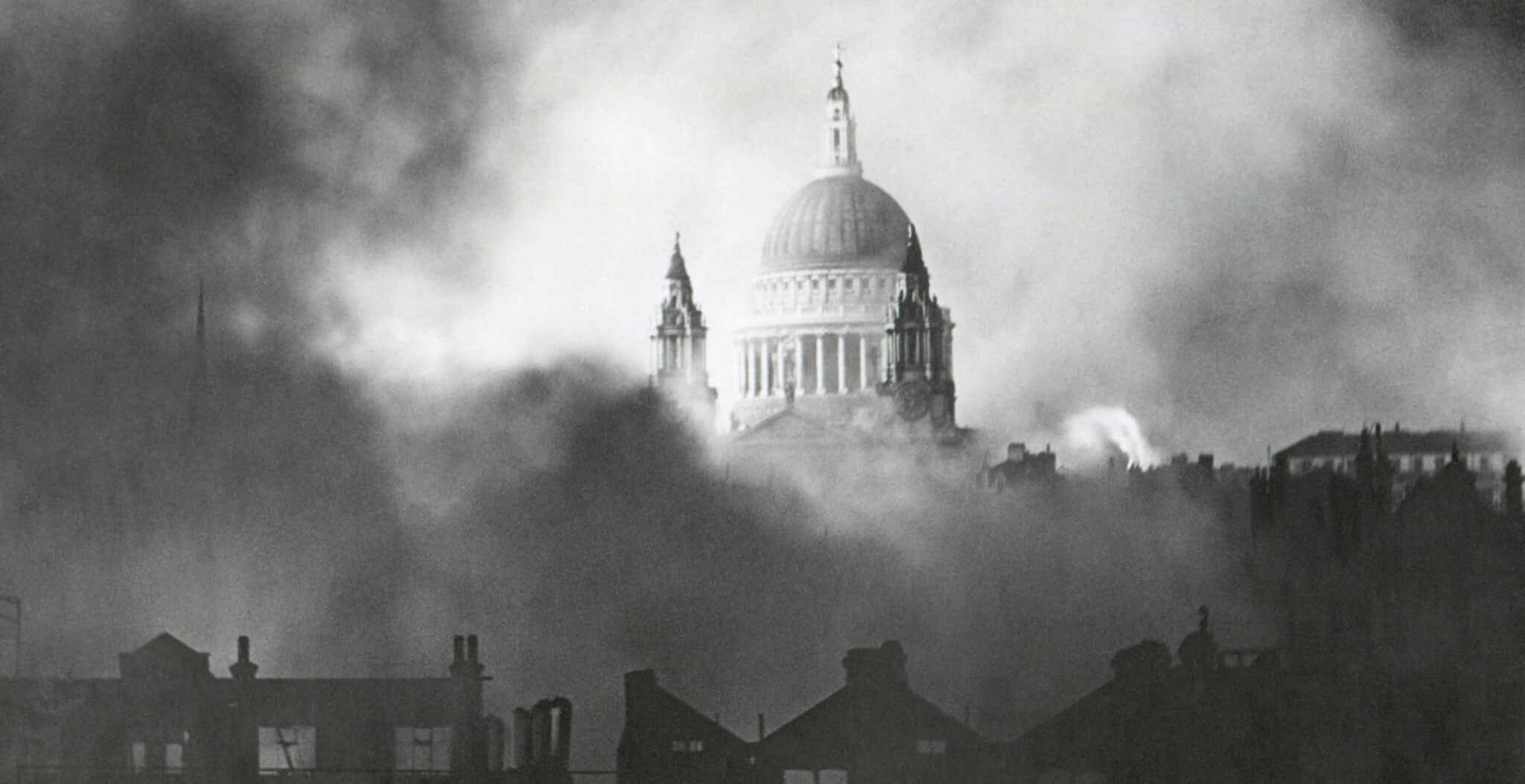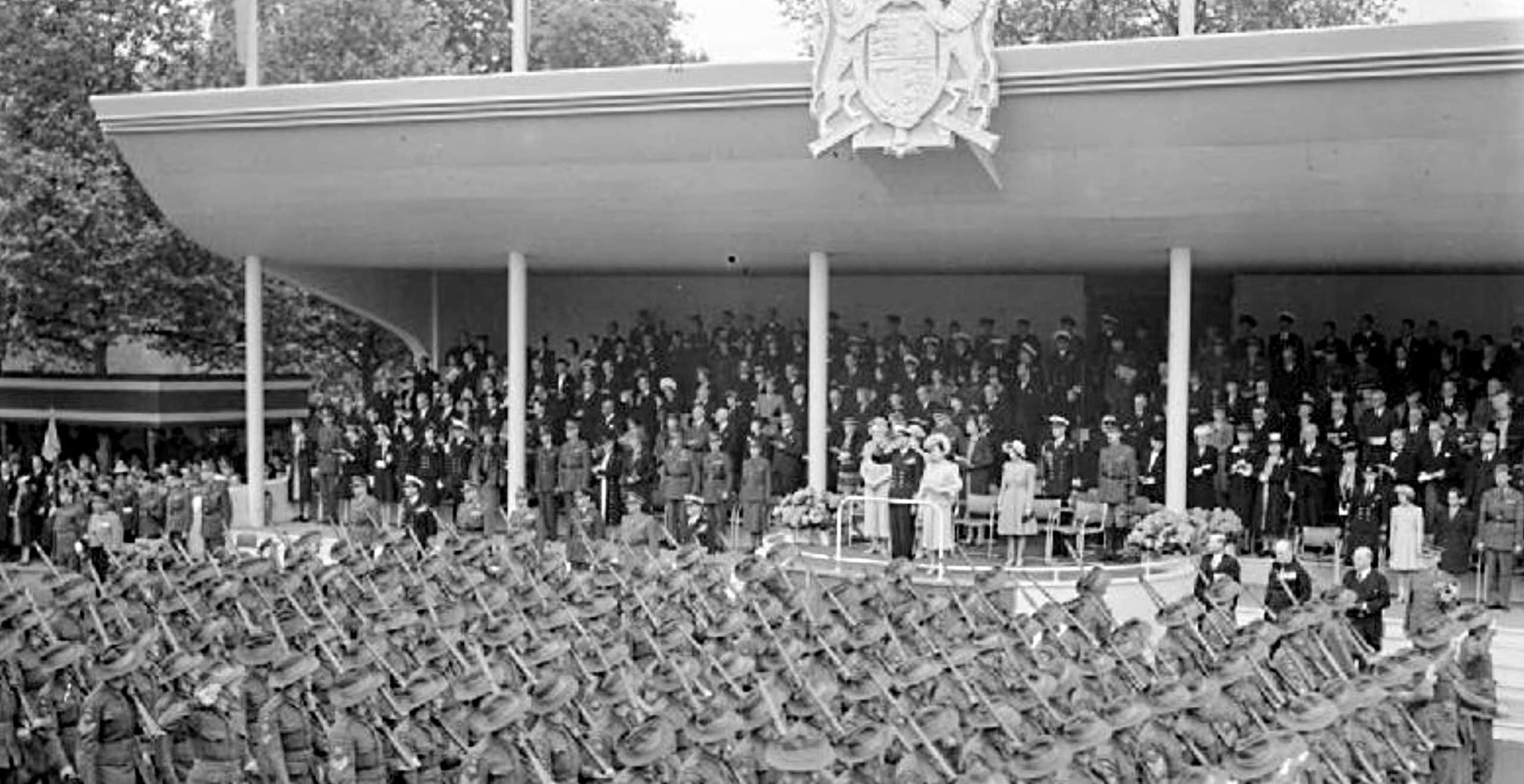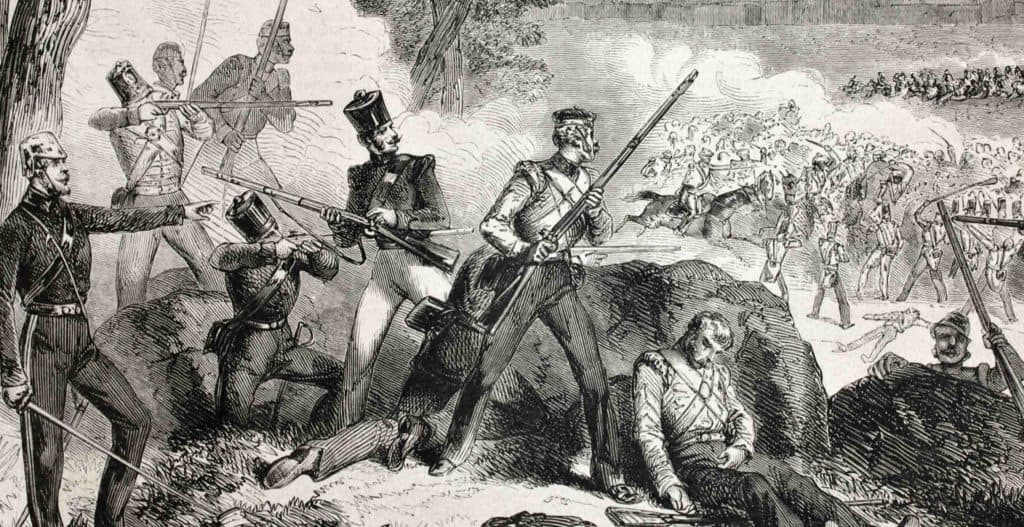“Better to die than to be a coward.”
This is the official motto of the Royal Gurkha Rifles regiment in the British Army. The Gurkhas are a regiment within the British Army quite distinct from any other. They are not from a former territory or member of the Commonwealth but instead are soldiers of Nepalese ethnicity recruited and serving across war zones around the world.
Historically their name can be traced to the Hindu warrior-saint Guru Gorakhnath who has a historic shrine in the Gorkha district of Nepal. The saint who lived 1200 years ago was believed to have predicted that his people were destined to be known around the world for their valour and determination.
The words courage and bravery have since become synonymous with the Gurkhas, particularly when they first rose to prominence on the global stage. During the era of empire-building, it was during the Anglo-Nepalese War that the Gorkha Kingdom (modern-day Nepal) and the East India Company first came into contact with one another.
The imperial designs to expand borders led to conflict between the two parties. It was during this time that the Gurkhas made such a considerable impact on the British.
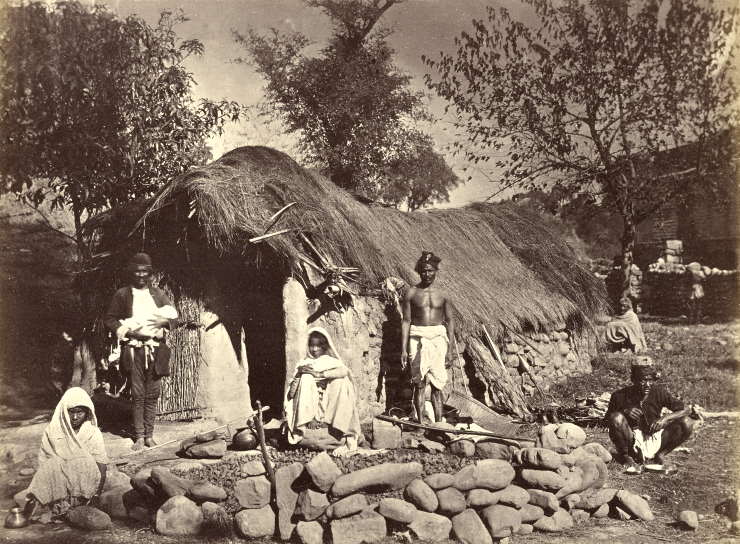
The first encounter between the two occurred around 1814 when Britain was trying to invade Nepal in a bid to take over northern areas of India. The British were taken aback by the courage and tenacity of the Nepalese fighters who were armed only with kukris/khukuri (traditional knives) whilst the British possessed rifles. The Gurkhas soon became famous for this traditional weapon, an eighteen inch curved knife.
The difference in weaponry did not appear to hinder the progress of the Nepalese soldiers who fought with great bravery and cunning, so much so, that the British were unable to conquer and breakthrough their defences, forcing them to admit defeat after six months. Their courage astounded the British.
By 1816, the conflict between Gurkhas and the British had been resolved with the Treaty of Sugauli which concluded the war as well as setting out the circumstances of peaceful relations between Britain and Nepal. As part of this agreement, the boundary line of Nepal was agreed, as well as some territorial concessions from Nepal, allowing for the establishment of a British representative in Kathmandu. Most notably however was the agreement which allowed Britain to recruit Gurkhas for military service, thus defining the relations between the two peoples for generations to come.
The British had a lot to gain from this treaty including more servicemen of an extremely high calibre as well as more power and territory in certain regions. By December 1923, however, after serving alongside one another in the First World War, the treaty would be rectified to focus on a friendly and peaceful relationship between the respective countries.
The Gurkha soldiers had left a lasting impression on the British, who were now at peace with Nepal and over time it became clear that the British army intended to use their fighting prowess to bolster their strength. The Gurkhas were thus recruited to fight alongside the British and serve in the army, a service which has seen generations of valiant Gurkhas fight beside British troops in wars across the globe. By 1891, the Regiment had been renamed the 1st Gurkha Rifle Regiment.
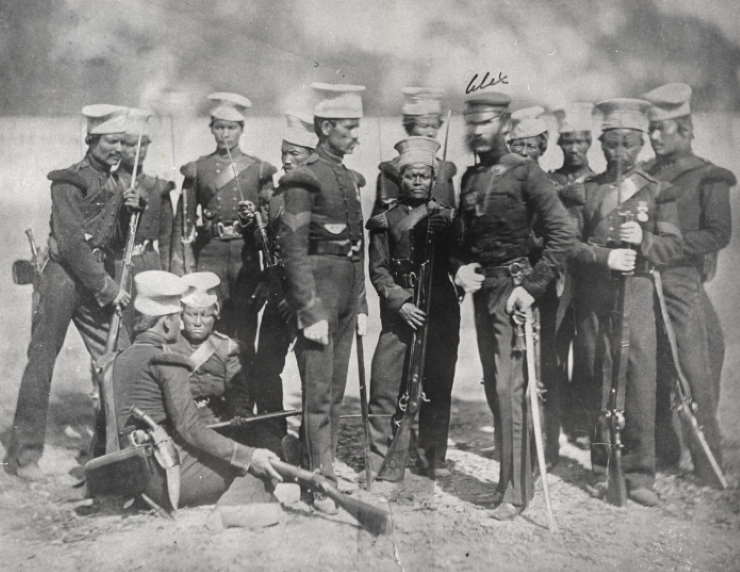
Some of these conflicts included the Pindaree War in 1817, the Bharatpur in 1826 and in the following decades, the First and Second Anglo-Sikh War. The Gurkhas were used by the British in India in order to thwart revolts, as well as in a host of other locations such as Greece, Italy and the Middle East, not to mention fighting the Japanese in Singapore and in the dense jungles of Burma.
During the First World War around one thousand Gurkhas fought for Britain. Whilst the horrors and atrocity of war unfolded on the battlefields of France, they fought and died alongside their allies. Across the two world wars it is believed that around 43,000 men lost their lives.
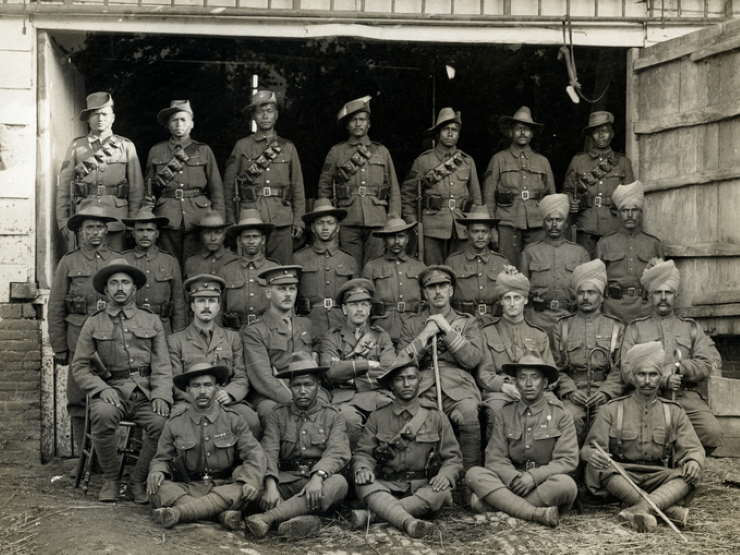
In the twentieth century, an era which was blighted by world wars and international conflicts, the Gurkhas became a vital part of the British army. By the time the Second World War broke out, the entire Nepalese army was fighting for Britain, which amounted to around one quarter of a million Gurkha soldiers in total. Moreover, the King of Nepal gave considerable sums of money for military supplies which helped the war effort and even assisted in the financial backing necessary for the Battle of Britain. Donations to the Lord Mayor of London were given in order to assist the war effort and help those most in need.
The generosity and goodwill from Nepal cannot be overestimated: a country which was small and not as wealthy as its counterpart in Europe, was assisting with manpower and finance, sacrificing a great deal to help its ally.
Since that fateful encounter in 1814, when the British realised the unbelievable strength of character, comradery and military technique the Gurkhas possessed, the alliance between these two nations continues to this day. At the moment there are around 3500 Gurkhas serving in the armed forces, serving at several military bases in the UK. The famous Royal Military Academy at Sandhurst is just one of these locations where the Gurkhas assist in the training of British soldiers.
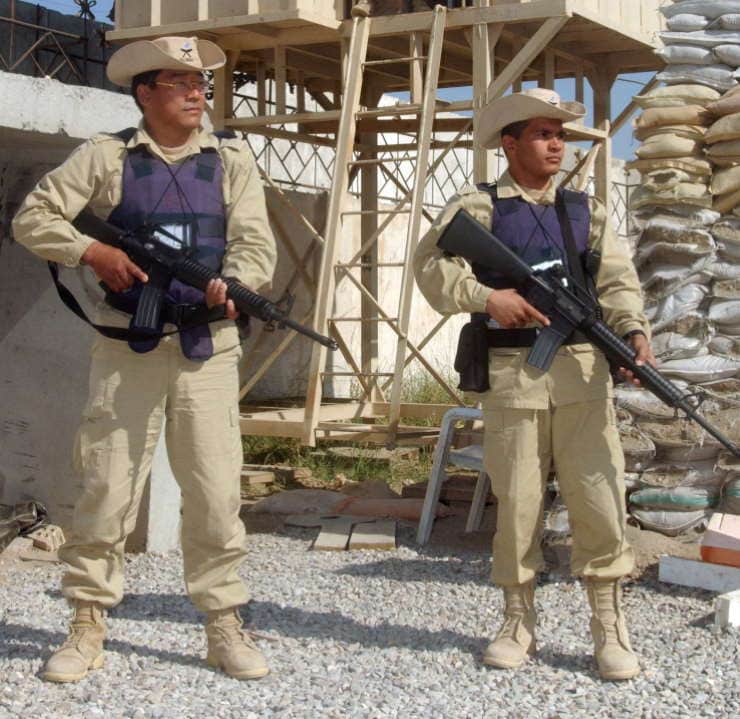
Today, Gurkhas continue to be selected from the remote areas of Nepal. The Gurkhas have exhibited over the years their military prowess and it is not surprising that they have won 26 Victoria Crosses for bravery, making them the most decorated regiment in the entire British Army.
“Bravest of the brave, most generous of the generous, never had a country more faithful friends than you”.
Sir Ralph Turner MC, 3rd Queen Alexandra’s Own Gurkha Rifles, 1931
After the partition of India in 1947, the respective countries of Nepal, India and Britain reached an agreement in which the Gurkha regiments of the Indian army would be handed over to the British, therefore forming the Gurkha Brigade.
Whilst part of the British army the Gurkhas have sought to maintain their cultural background and beliefs including following religious festivals native to Nepal.
In 1994 the four separate regiments were consolidated into the Royal Gurkha Rifles, now the sole Gurkha infantry regiment of the British Army. More recently the Gurkhas have entered the news after being denied equal pension funds, forcing a public campaign in order to have their pension rights restored. Sadly, this battle continues to be fought today.
These fearsome warriors originating from the remote hills of Nepal have served in the British Army for around 200 years, earning themselves a formidable reputation as warriors of great valour, skill and loyalty.
Jessica Brain is a freelance writer specialising in history. Based in Kent and a lover of all things historical.
